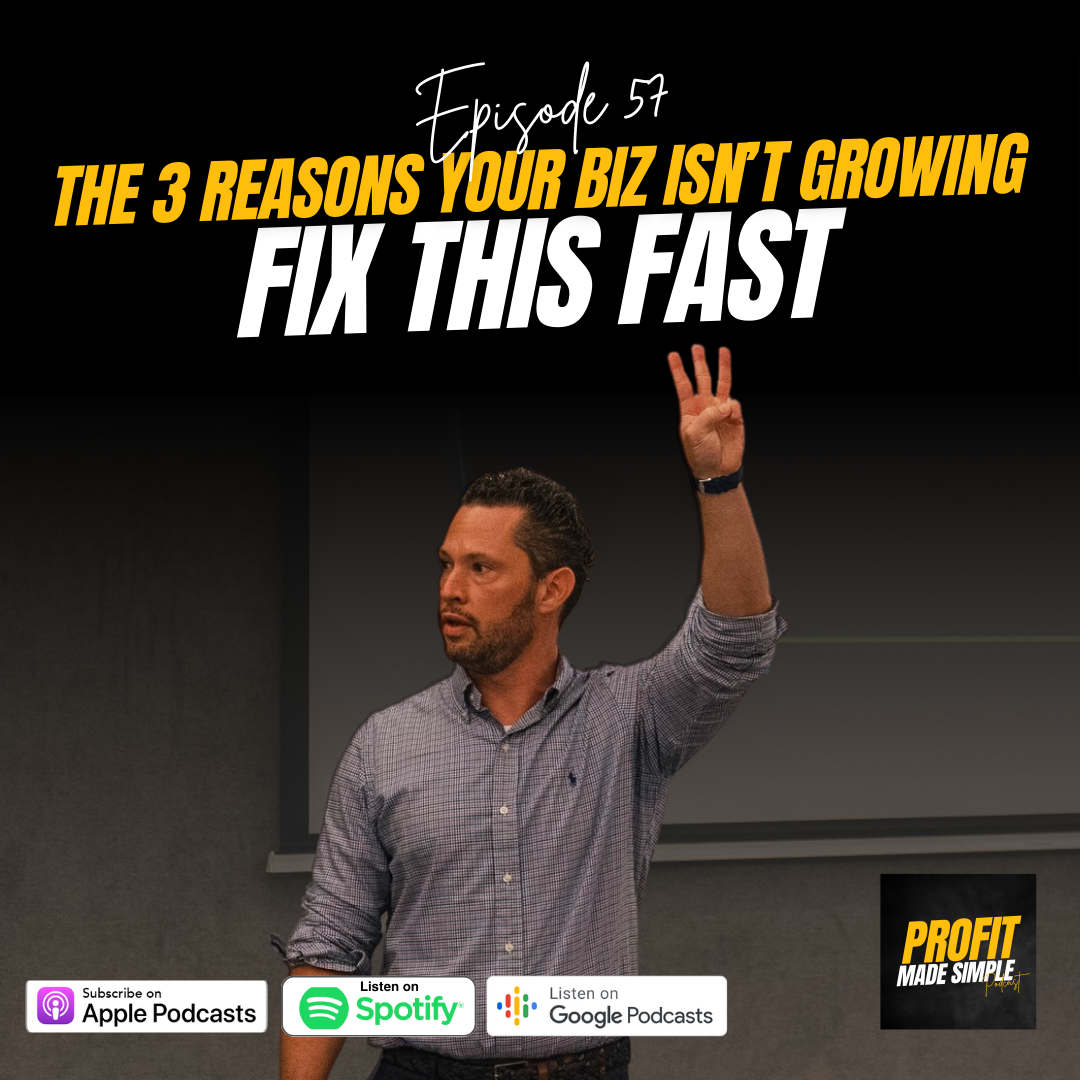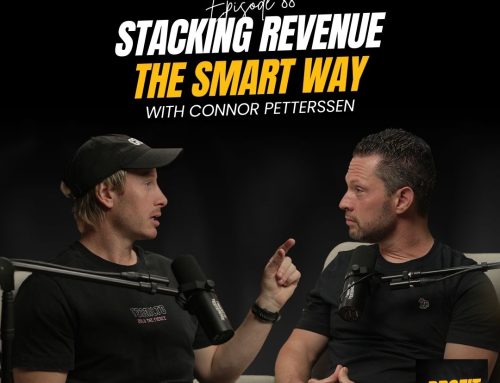In our most recent episode of Profit Made Simple, host Dan Henderson delved into the core issues hindering the growth of fitness businesses.
Drawing from his extensive experience—scaling multiple businesses to seven figures and leading Australia’s largest mastermind for fitness business owners—Dan identified three pivotal reasons for stagnation.
This article explores these insights and offers actionable strategies to overcome them.
1. Outdated Business Models: The Perils of Stagnation
The fitness industry is in a constant state of flux. Business models that once thrived are now facing obsolescence.
Dan highlights several examples:
- Curves: Once boasting 7,000 locations, Curves has dwindled to fewer than 100. The circuit-style model that was once revolutionary failed to evolve with consumer preferences.
- CrossFit: At its zenith, CrossFit had approximately 15,000 affiliates worldwide. Recent data indicates a decline to around 9,925 affiliates as of February 2025, reflecting shifts in market dynamics and internal challenges.
- F45: This franchise experienced rapid expansion, particularly in Australia. However, the number of studios has seen fluctuations, underscoring the challenges of sustaining growth in a competitive market.
Key Insight: No matter how adept you are at operations, marketing, or sales, if your business model doesn’t align with current consumer demands, growth will be elusive.
Recommendations:
Niche Specialisation: Consider targeting specific demographics or fitness needs. Specialised services can differentiate your business in a crowded market.
Premium Services: Offering high-end services to a smaller, dedicated clientele can enhance profitability. For instance, focusing on 50 members paying premium rates can be more sustainable than managing 250 members at lower rates.
Diversified Revenue Streams: Beyond standard memberships, introduce services like nutrition coaching, hybrid training, or wellness retreats to bolster income and provide comprehensive client support.
2. Limiting Beliefs: The Invisible Barriers to Success
Your mindset profoundly influences your business trajectory. Dan emphasises that outdated or self-imposed limitations can cap growth potential.
Common Limiting Beliefs:
- “Clients in my area won’t pay higher rates.”
- “I must handle all tasks personally to ensure quality.”
- “Working longer hours is the only path to success.”
Strategies to Overcome Limiting Beliefs:
- Self-Reflection: Identify recurring challenges in your business. Recognising patterns can reveal underlying beliefs that may be hindering progress.
- Challenge Assumptions: Pose “What if?” questions to yourself. For example, “What if clients are willing to pay more for enhanced services?” This approach opens the door to new possibilities.
- Seek Evidence: Research and connect with peers who have successfully implemented strategies you’re hesitant about. Their experiences can provide tangible proof that alternative approaches can work.
- Engage with Broader Networks: Attend industry events, workshops, and masterminds. Exposure to diverse perspectives can challenge and expand your current thinking.
3. Misidentifying Core Constraints: Focusing on Symptoms Over Causes
Efforts to grow can be futile if they’re directed at the wrong issues. Dan underscores the importance of diagnosing the root causes of stagnation rather than merely addressing surface-level symptoms.
Illustrative Case Study:
A New Zealand fitness business owner believed lead generation was his primary challenge. Upon analysis, it became evident that while leads were ample, the conversion rate from trial memberships to full memberships was suboptimal. By focusing on enhancing the conversion process, the business saw significant improvements without increasing lead generation efforts.
Approach to Identifying Core Constraints:
- Data Analysis: Regularly review key performance indicators (KPIs) to pinpoint where drop-offs or inefficiencies occur.
- Benchmarking: Compare your metrics against industry standards to identify areas needing attention.
- Root Cause Analysis: Utilise methodologies like the “5 Whys” to delve deeper into issues and uncover foundational problems.
- Prioritised Action: Once the core constraint is identified, channel resources and strategies to address it directly before moving on to other areas.
By addressing these three critical areas—modernizing your business model, challenging limiting beliefs, and accurately identifying core constraints—you position your fitness business for sustained growth and success in an ever-evolving industry landscape.







Leave A Comment